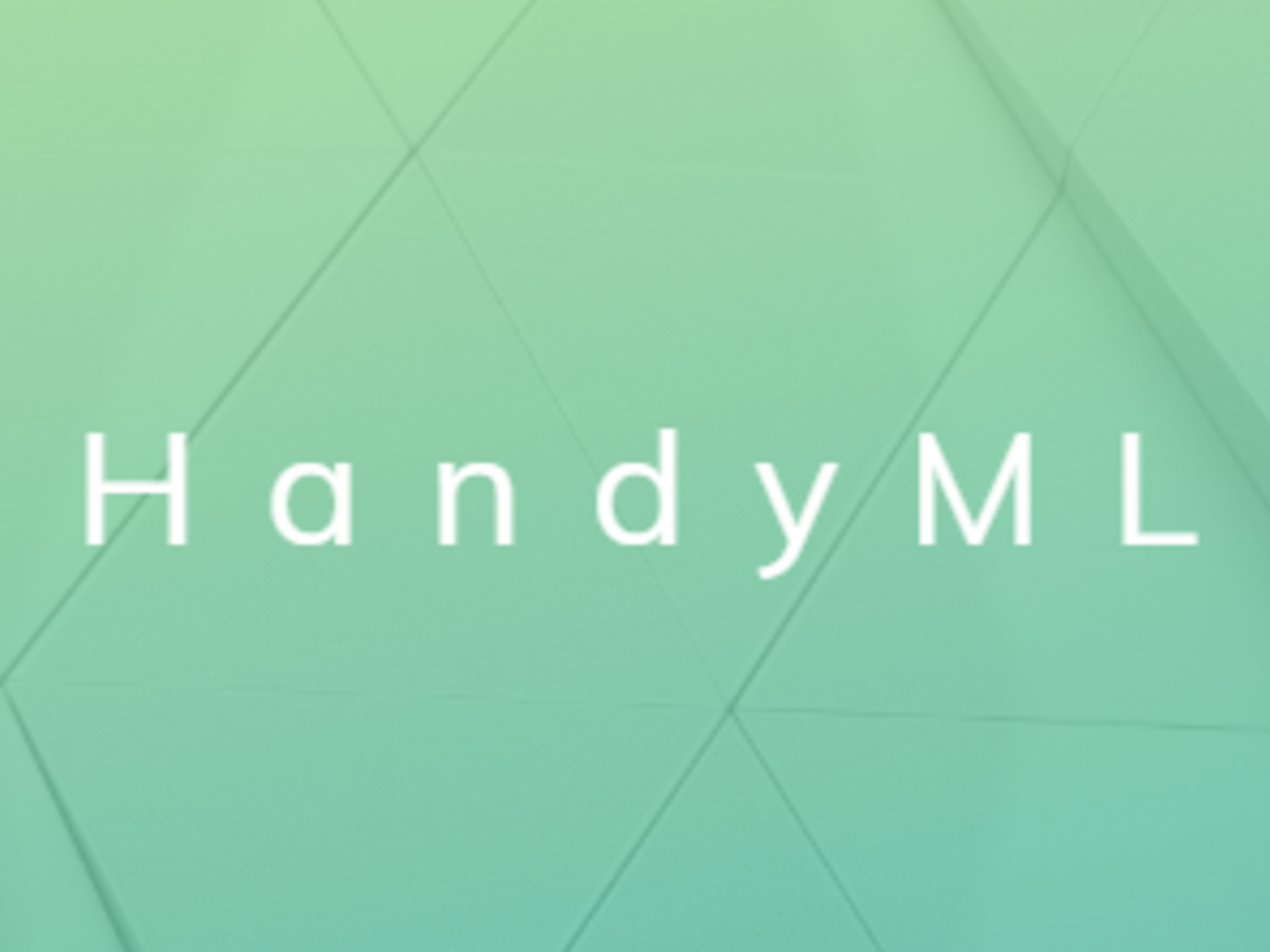Create your first automation in just a few minutes.Try Studio Web →
HandyML
by YouTube
1
Solution
<100
Summary
Summary
Non-datascientists users can now train machine learning models by simply asking their robot to do it for them. Take data from an Excel file and train a supervised Machine Learning model.
Overview
Overview
What it does
It takes data from an Excel file and trains a Machine Learning model according to the type of problem to solve (regression or classification) and the algorithm used (linear regression, polynomial regression, logistic regression, etc.). Eventually, the trained models can be used to make predictions on new data.
How we built it
We first created configuration files using JSON language to specify all kind of parameters:
- one as a resource in order to list all algorithms and parameters handled by the tool
- one for the dataset, in which you can specify the path of the Excel file, the sheet to use, which columns are corresponding to the features, and which one is corresponding to the target, the algorithm to use and its parameters
Then, we made the Python script to preprocess the data (dataset creation, label encoding) and train the model using pandas, numpy and scikit-learn libraries.
Next, we created another Python script to use a saved model in order to make predictions on new data.
Finally, we designed a user-friendly web application allowing users to follow all the steps from selecting the data to evaluate the accuracy of the trained model. There are 6 different steps:
- Where is your data?
- Select your features
- Select your target
- Select your algorithm and specify its parameters
- Review all your configuration and start the training
- Evaluate your model by its score, some plots, a confusion matrix and generate a template to make predictions with new data
Eventually, we created two UiPath robots:
- a first one to interact with users through Custom Input activity displaying the different pages of the web application
- a second one based allowing users to make predictions with their trained models
Features
Features
This component helps people with non datascience skills to create Machine Learning (supervised) models and use them to get predictions on new data.
Additional Information
Additional Information
Dependencies
Python 3.6.8+, UiPath Studio
Code Language
Visual Basic
License & Privacy
MIT
Privacy Terms
Technical
Version
1.1.7Updated
February 18, 2020Works with
Developed and tested on a Windows 10 machine on UiPath Studio 2019.4.3.
Certification
Silver Certified
Support
UiPath Community Support
Resources
